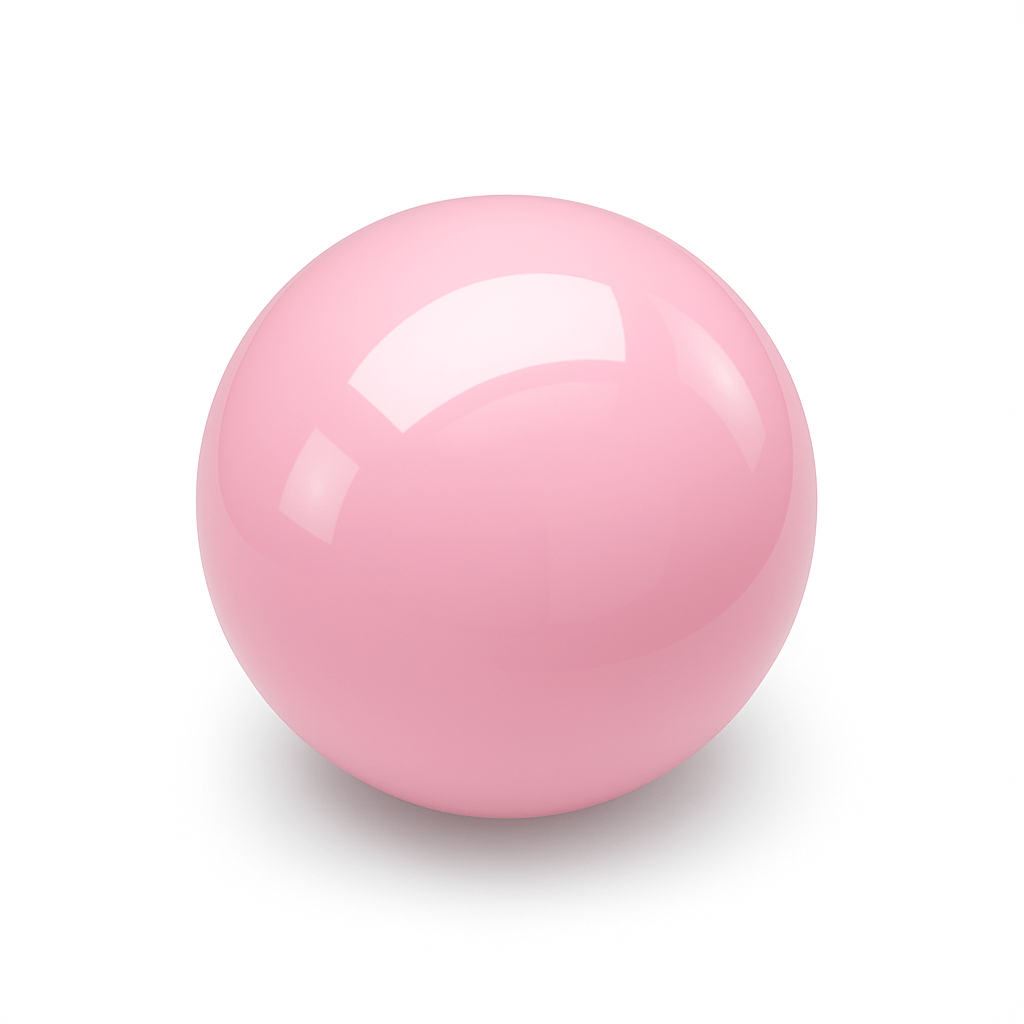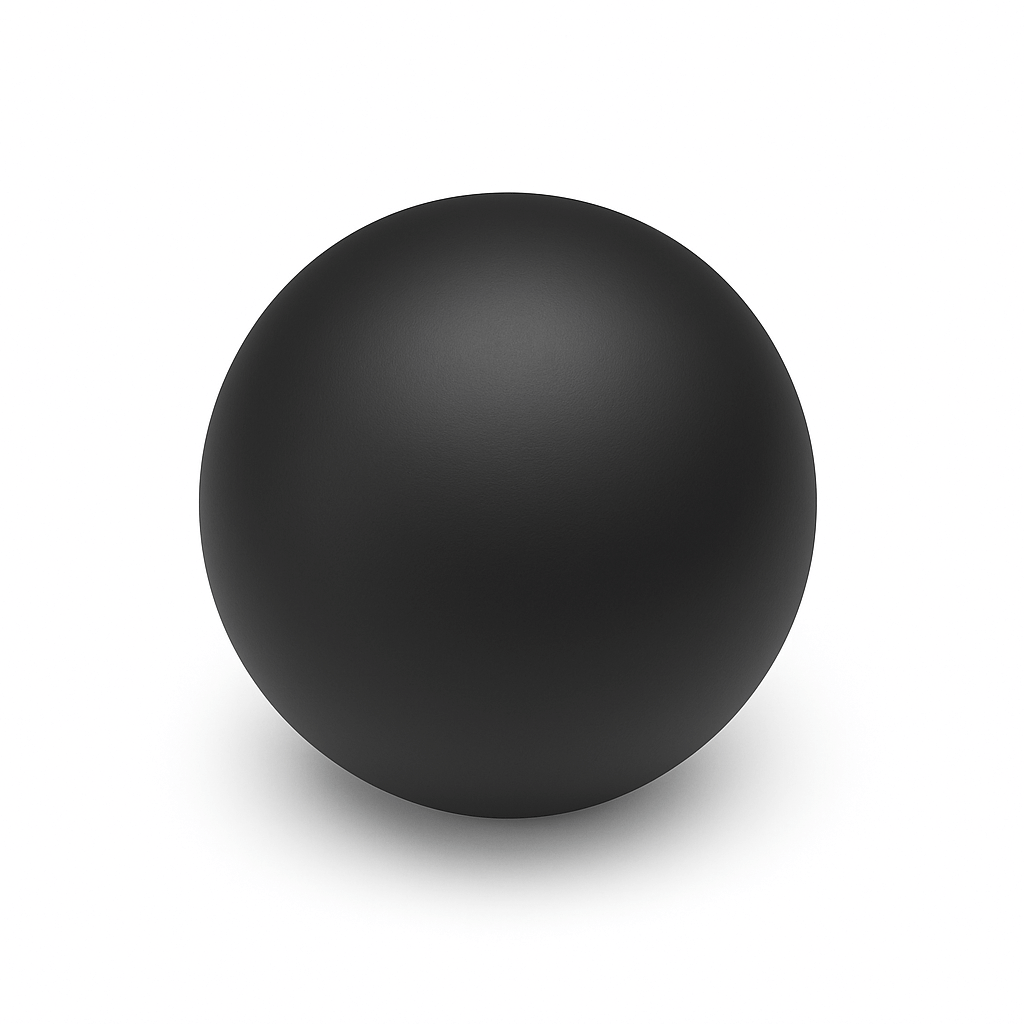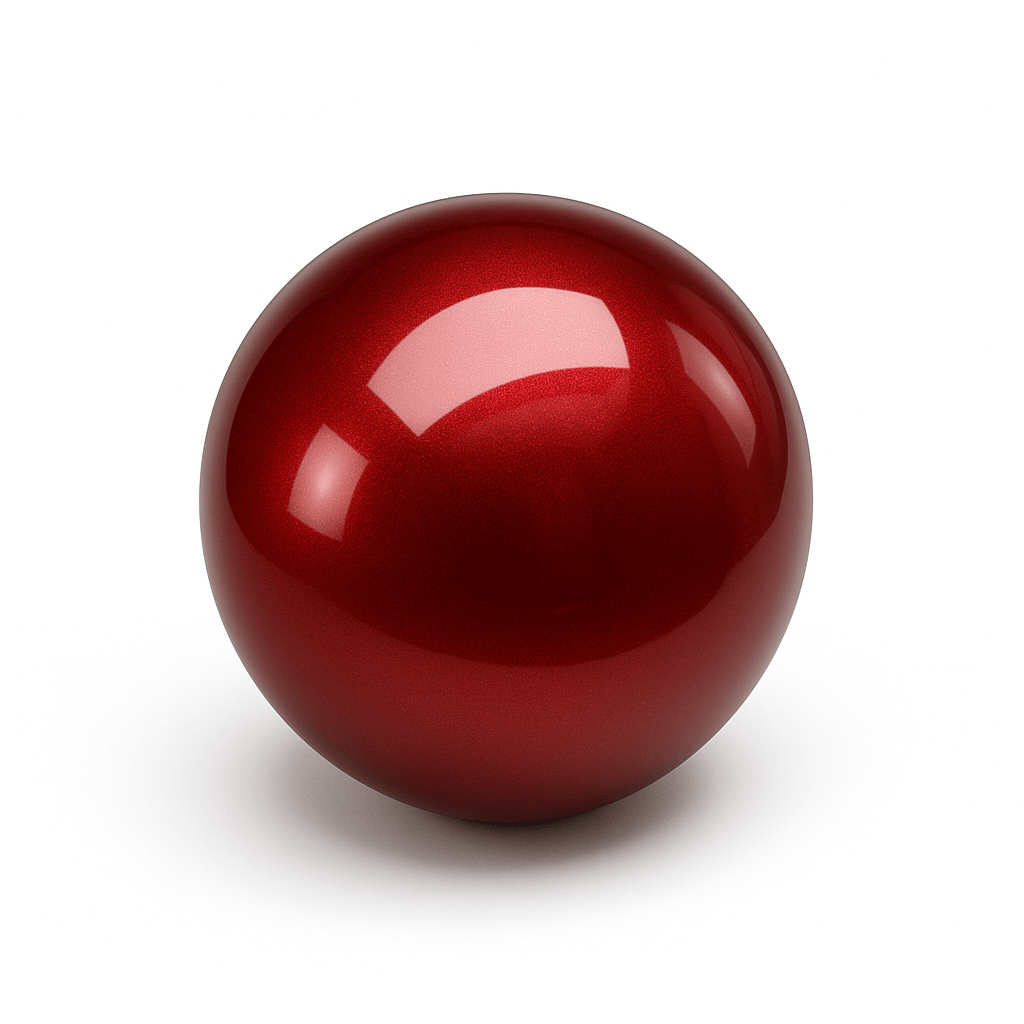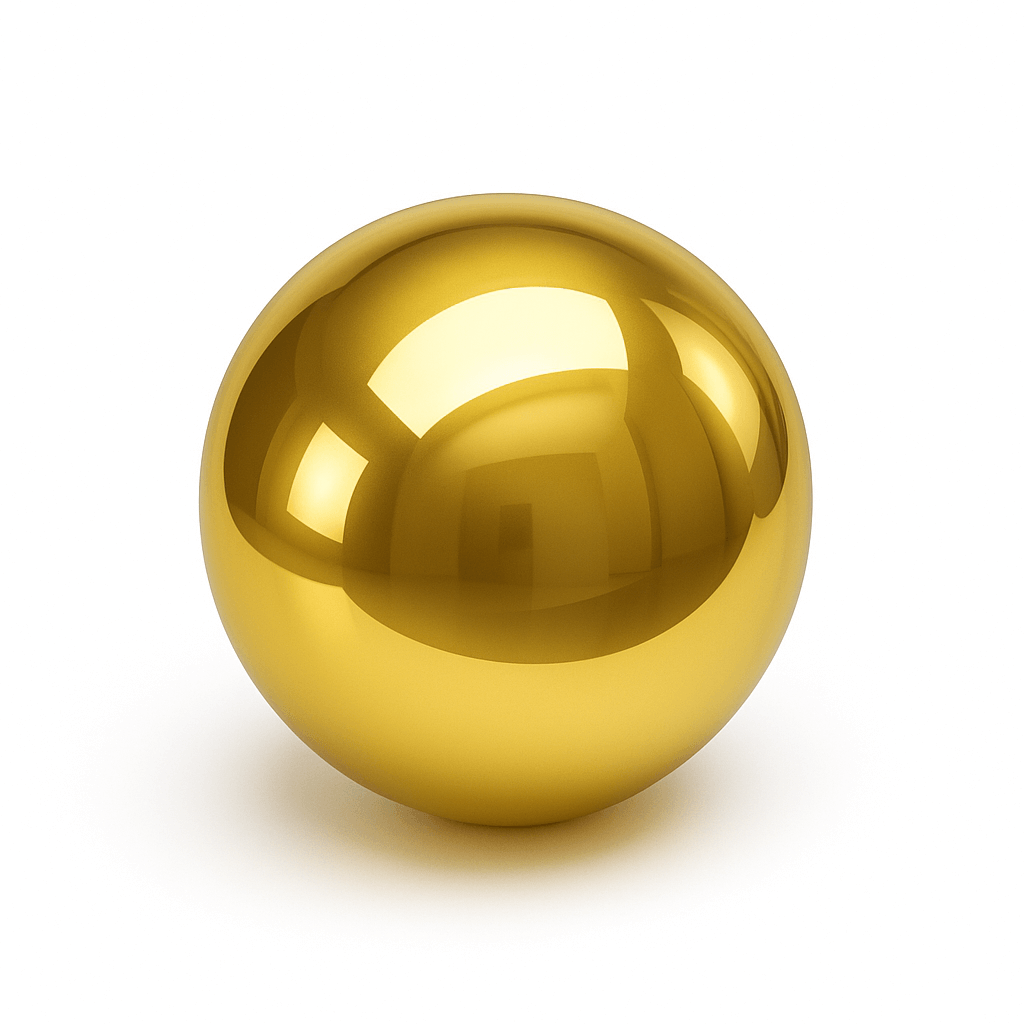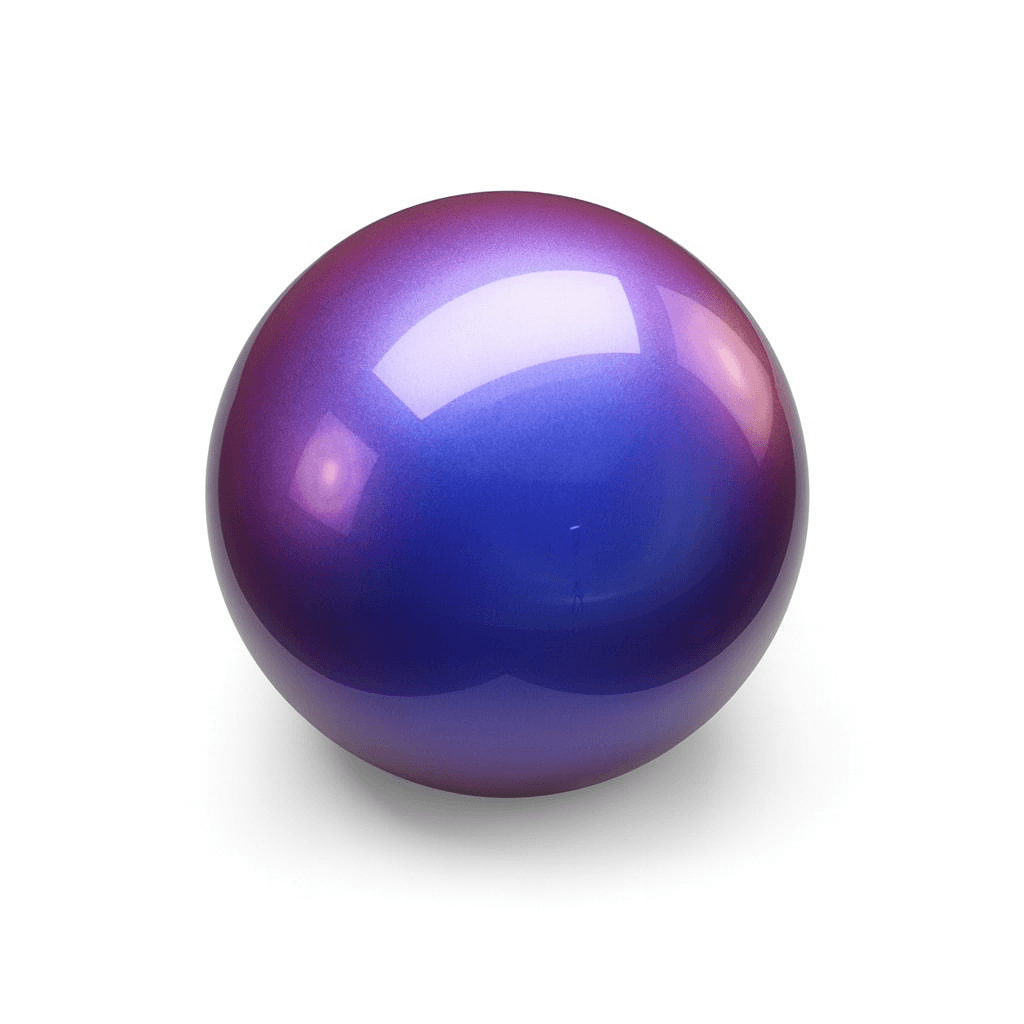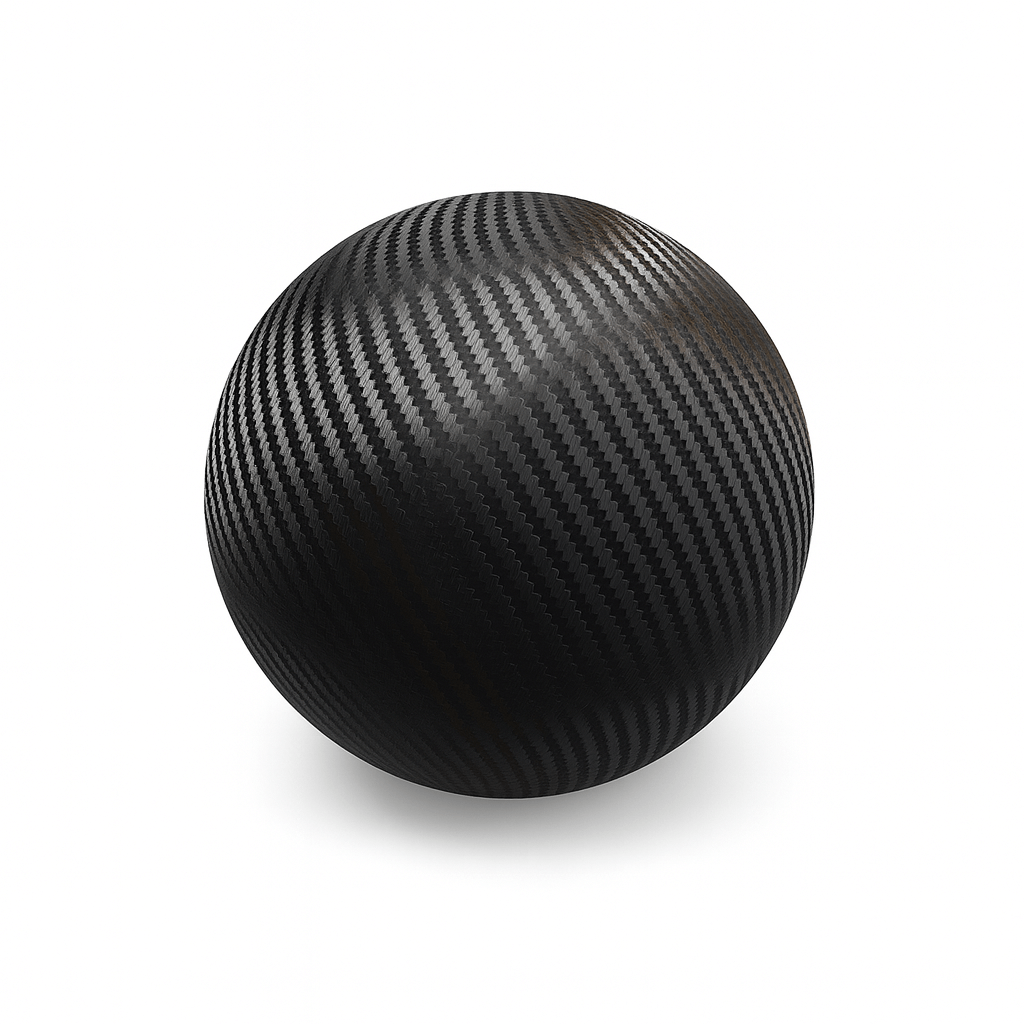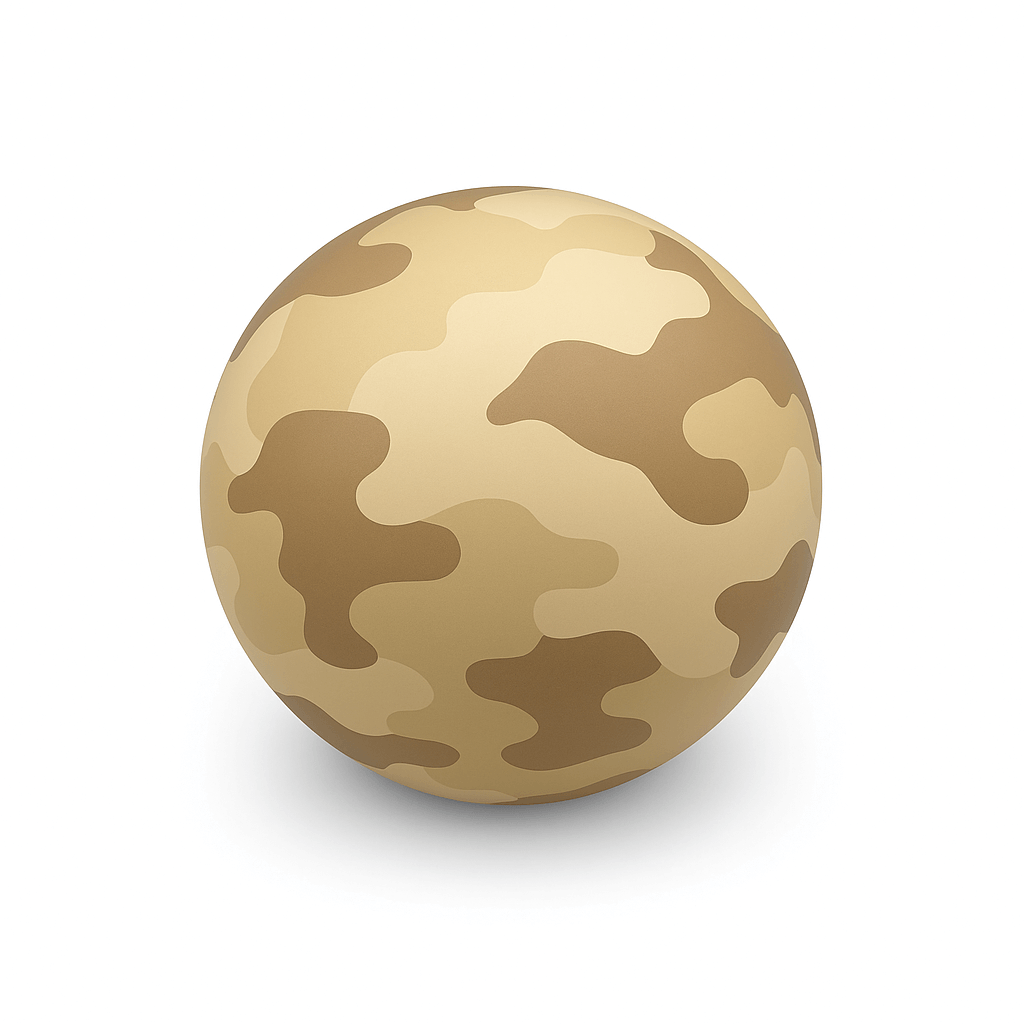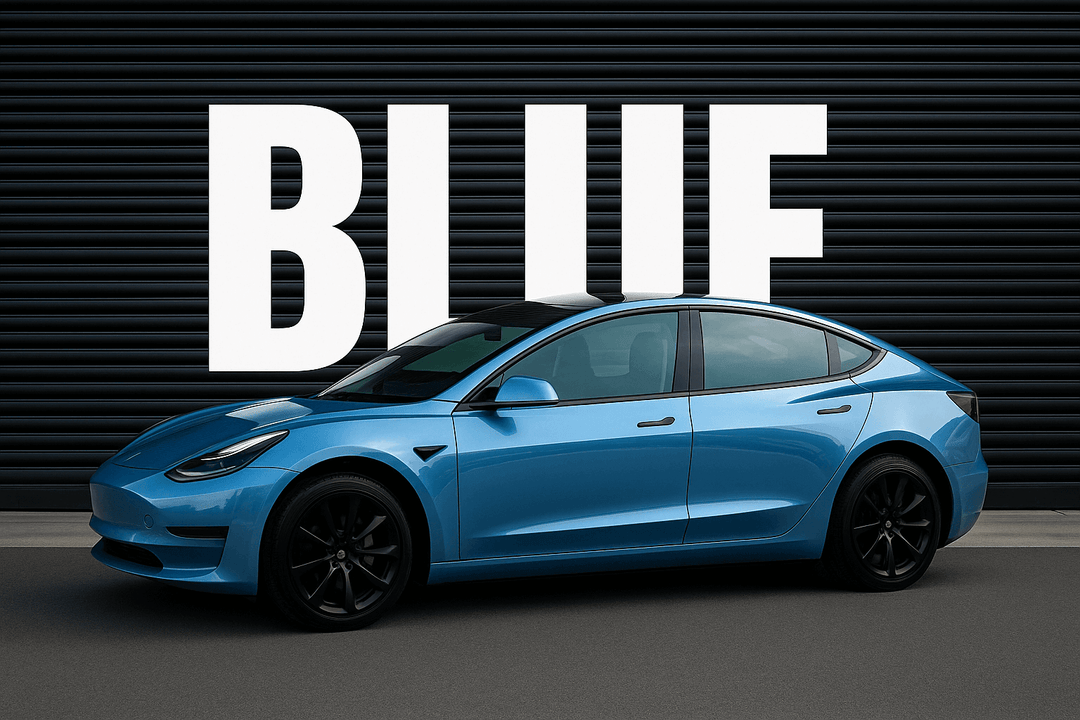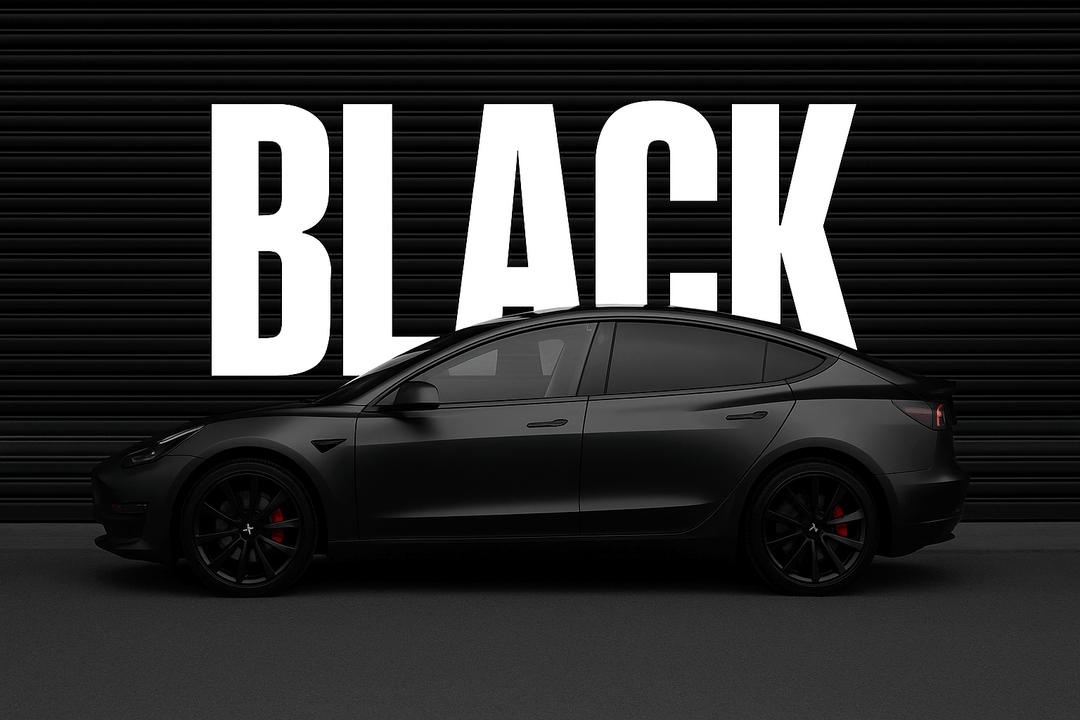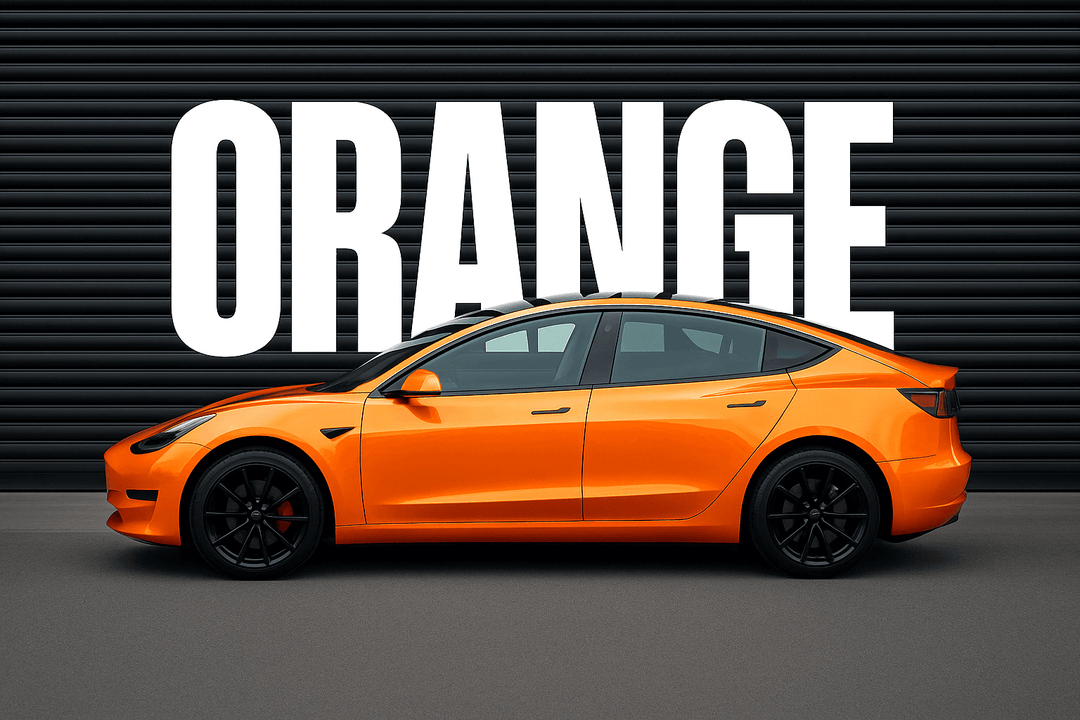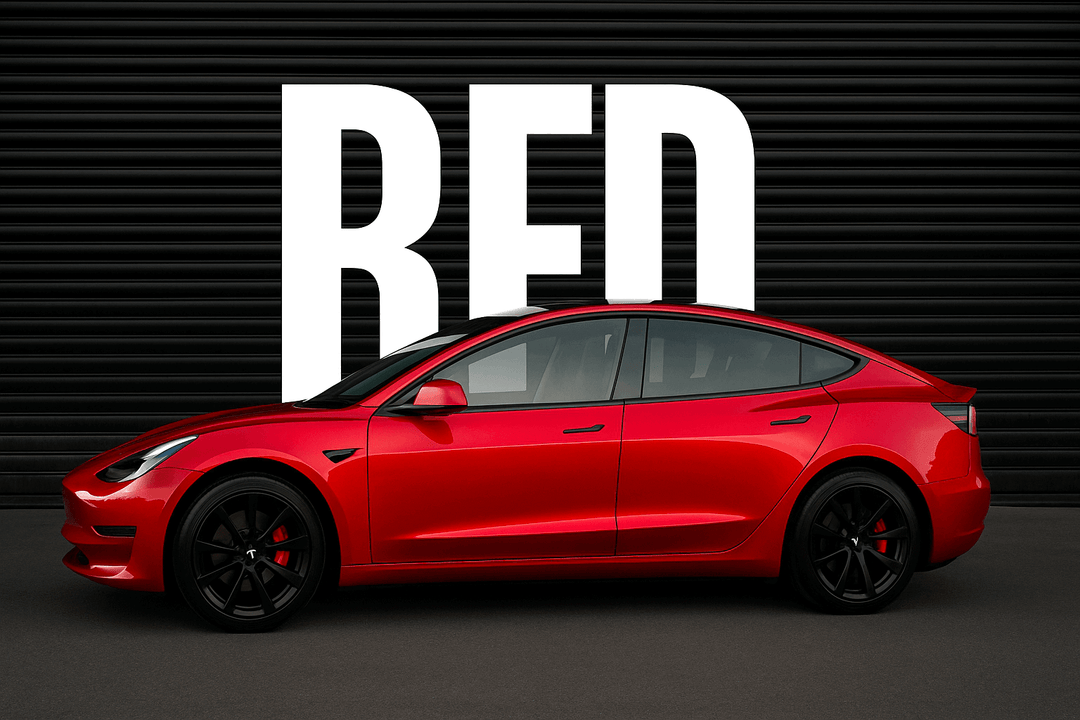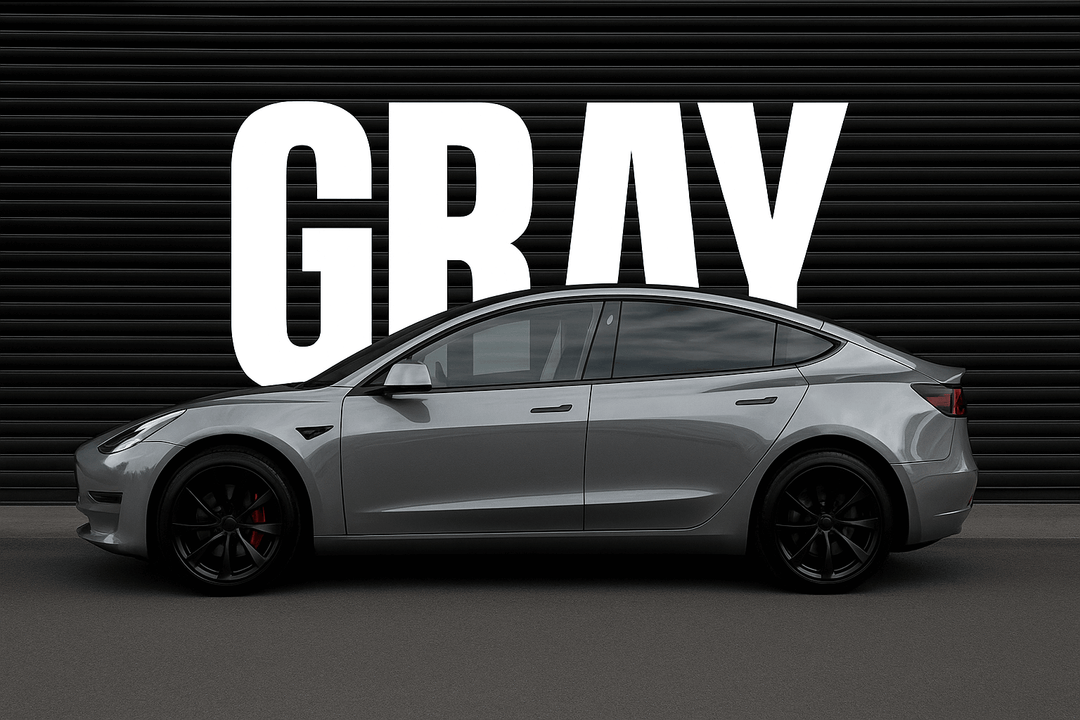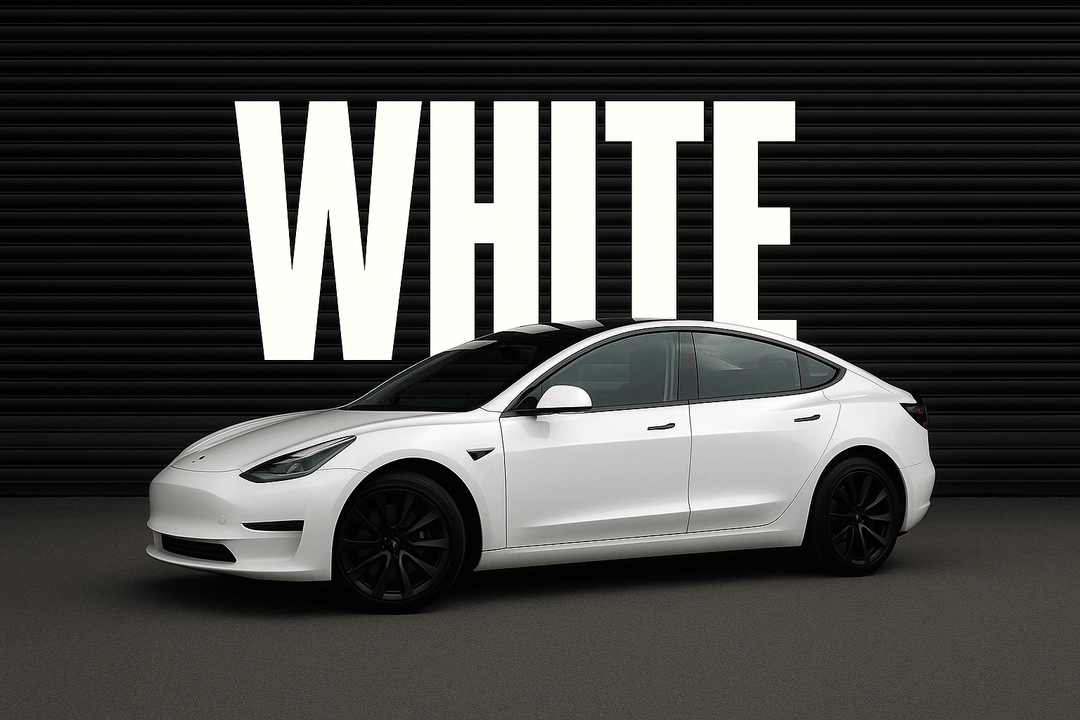Can You Wax a Wrapped Car
Keeping your car looking its best is about more than just washing it regularly; it’s about protecting the finish, too. If your vehicle is wrapped in vinyl, especially one with a sleek gloss or textured finish, you might be wondering: Can you wax a wrapped car? And more importantly, should you?
Vinyl wraps add style, protection, and personality to any ride. But maintaining that clean, like-new appearance takes a different approach than with traditional paint. Waxing seems like a natural solution, but not all waxes respond the same way to it. While some types can benefit from the added protection and enhanced shine, others can suffer damage or lose their intended look if treated incorrectly.
In this guide, we’ll explore which vinyl wraps are safe to wax, which products to use, and the right way to apply them, so you can keep your vehicle looking sharp without risking the wrap.
Understanding Vinyl Wrap Waxing Basics
Before reaching for your favorite wax product, it’s important to understand that vinyl wraps aren’t one-size-fits-all when it comes to maintenance. Different wrap finishes respond differently to treatments like waxing, and using the wrong product on the wrong surface can ruin the look of your vehicle.
Glossy vinyl wraps are the only type of wrap where waxing is generally recommended. These wraps can benefit from a layer of wax, which enhances their shine and offers added protection against UV rays, dirt, and minor scratches.
Avoid waxing wraps with the following finishes:
-
Matte
-
Satin
-
Chrome
-
Textured
-
Metallic
Waxing these types can lead to blotches, streaks, or a sticky residue that diminishes their signature finish. For instance, matte and satin wraps are designed to have a low-shine, velvety appearance. Applying wax can distort their texture and introduce unwanted glossiness.
If your car is wrapped in a gloss vinyl, always apply wax gently. Avoid pressing too hard or creating excess heat from friction, as this can damage the vinyl. Instead, use a microfiber applicator and apply the wax in smooth, circular motions. Once dried to a haze, lightly buff it off with a clean microfiber towel.
Done correctly, waxing a glossy wrap will enhance its vibrant look and help repel contaminants, keeping your ride cleaner and shinier for longer.
Types of Wraps and How Waxing Affects Them
Not all vinyl wraps react the same way to wax. Depending on your vehicle’s wrap finish, using the wrong product could damage the surface or dull its appearance. Here’s a breakdown of which wraps are safe to wax and which ones are not.
Gloss Wraps: Best Candidate for Waxing
-
Safe to wax with the right products.
-
Use non-abrasive, synthetic waxes or paint sealants specifically made for vinyl wraps.
-
Enhances the glossy finish and adds a protective layer against UV, dirt, and light scratches.
-
Avoid waxes with strong solvents or polishing agents that can degrade the vinyl.
Matte & Satin Wraps: Handle With Care
-
Do NOT wax these surfaces with traditional wax.
-
Regular waxes will add unwanted shine and leave uneven streaks, defeating the purpose of the finish.
-
Instead, use matte-safe detailing sprays or quick detailers designed for non-glossy wraps.
-
These products clean and protect without altering the matte or satin appearance.
Carbon Fiber, Chrome, Color Shift Wraps: Specialized Care Needed
-
These textured or high-visual-impact wraps require extra caution.
-
Avoid any wax that contains fillers or polishing agents—these can clog texture patterns or dull color-shift effects.
-
Use wrap-safe sprays, vinyl-specific protectants, or consider a ceramic coating that bonds safely without damaging the film.
-
Always spot-test new products before full application.
Choose the Best Products to Use on Wrapped Cars
Selecting the right care products for your vinyl-wrapped car is just as important as the wrap itself. Using the wrong type of wax or sealant can cause discoloration, streaking, or unwanted shine, especially on matte or satin finishes. Below is a breakdown of the best product types for each vinyl wrap style.
For Gloss Wraps: Boost Shine and Protection
If your car has a gloss wrap, you're in luck—these are the easiest to maintain with wax. Use products that are non-abrasive and designed for synthetic finishes.
Recommended Options:
-
Meguiar’s Hybrid Ceramic Wax – Offers long-lasting protection and is safe on vinyl.
-
Turtle Wax ICE Spray Wax – A synthetic spray wax that enhances gloss without damaging the film.
-
3M Quick Detailer – Specifically formulated for wraps and safe on gloss vinyl.
For Matte or Satin Wraps: Preserve the Finish
Traditional waxes are not suitable for these finishes. They can create uneven shine, streaking, and buildup.
Use Instead:
-
Chemical Guys Meticulous Matte Detailer – Designed to clean and protect matte and satin finishes.
-
Dr. Beasley’s Matte Final Finish – Helps maintain a clean, uniform, non-glossy look.
Do Not Apply Wax on Vinyl Decals and Graphics!
If your vehicle has vinyl decals, stripes, or custom graphics, keep the wax away from those areas.
Wax can build up along the edges of decals and create an unsightly residue. Even worse, it can cause the edges to lift over time or discolor the surface of the graphic. This not only affects the visual appeal but may also shorten the lifespan of the decal.
If you’re waxing around decals:
-
Work slowly and carefully around the edges.
-
Never apply wax directly on top of graphics.
-
If any wax accidentally gets on the decal, gently clean it off using soapy water and a soft microfiber towel.
-
Avoid scrubbing, as this could lift or damage the decal’s adhesive.
Avoid These Products on Any Vinyl Wrap
-
Carnauba waxes – Often too oily and may leave a haze or streak.
-
Abrasive paste waxes – Can scratch or burn the vinyl surface.
-
Waxes with dyes or pigments – May cause staining, especially on lighter wraps.
How to Wax a Wrapped Car (Step-by-Step)
If your car is wrapped in a glossy vinyl wrap, waxing can add an extra layer of protection and enhance its sleek appearance. But unlike traditional paint, vinyl requires a gentler touch and the right kind of wax. Follow these steps to safely wax your wrapped car and keep it looking sharp:
Step 1: Wash Thoroughly
Start with a clean surface.
-
Use a pH-neutral car shampoo and warm water to wash the entire vehicle.
-
Avoid any products that contain strong solvents or degreasers.
-
Gently wipe using a microfiber wash mitt and rinse thoroughly to remove dirt, road grime, and contaminants.
Step 2: Dry the Surface
Once clean, dry the car completely using a soft, microfiber towel. It’s best to let it air dry for a few minutes if needed, but make sure the vinyl is cool to the touch before applying wax.
-
Make sure there’s no leftover moisture or water spots.
-
Pay extra attention to seams and edges where water may hide.
Step 3: Test the Wax
Before you go all-in, test the wax on a small, hidden area. Only use waxes labeled safe for vinyl. Avoid anything with petroleum distillates or abrasives.
-
This ensures compatibility with your wrap and prevents unexpected damage or streaking.
-
Wait a few minutes and inspect. If everything looks good, proceed.
Step 4: Apply Spray Wax
For glossy wraps, spray wax or synthetic sealants work best.
-
Do not spray directly onto the vinyl.
-
Instead, spray onto a clean microfiber applicator.
-
Gently spread the wax across the surface using straight, even strokes. Apply light pressure only.
Step 5: Buff Gently
Once the wax is applied:
-
Allow it to sit for a minute or two (check product instructions).
-
Use a second clean microfiber towel to buff the surface in smooth, circular motions.
-
Don’t rub hard. Let the product do the work.
Avoid using rotary polishers or buffers—they generate heat and can damage vinyl.
Step 6: Clean Up
Inspect for residue.
-
If you see excess wax or hazy spots, wipe them away with a microfiber towel or a vinyl-safe all-purpose cleaner.
-
Never leave product build-up in edges or seams.
How Often Should You Wax Your Vinyl-Wrapped Car?
Waxing your vinyl-wrapped car isn’t something you need to do every month. As a general rule, once or twice a year is enough to maintain that showroom shine and keep a protective barrier on the surface. This limited frequency helps you avoid buildup and ensures your wrap stays in great condition for years.
However, your local environment plays a big role.
-
Live somewhere hot, sunny, or dry?
UV rays and heat can fade the gloss faster. In this case, you may want to wax every 3 to 4 months to maintain protection. -
Drive in harsh winters or salty coastal areas?
Road salt and sand can wear down the finish. More frequent waxing — again, every 3 to 4 months — can help guard against environmental wear and tear. -
Garage-kept car and mild climate?
You can stick to the basic twice-a-year schedule and still keep your wrap looking fresh.
Alternatives to Waxing
Not all wraps respond well to wax. Matte, satin, chrome, and textured finishes can lose their signature look or even become damaged when treated with traditional wax products. The good news is — there are safe and effective alternatives that offer strong protection without altering your wrap’s appearance.
✅ Ceramic Coating
Ceramic coating is a premium alternative to wax. It bonds with the surface of your vinyl wrap to create a durable, invisible shield that protects against:
-
UV damage
-
Road grime and pollutants
-
Minor scratches
-
Water spots and fading
Unlike wax, ceramic coatings won’t leave behind residue or compromise matte or satin finishes. They also make your car easier to clean and maintain.
✅ Vinyl-Safe Sealants
Sealants made for vinyl provide a similar layer of protection as wax but are often more wrap-friendly. They’re easy to apply, last longer than traditional waxes, and work well on gloss, satin, and carbon fiber wraps.
✅ Paint Protection Film (PPF)
If you want physical, high-impact protection, PPF is the way to go. This transparent layer shields your vinyl wrap from rock chips, scratches, and daily wear. It's ideal for areas like bumpers, hoods, and mirrors where damage is most likely to occur.
Waxing vs Ceramic Coating vs PPF on Vinyl Wrap
When it comes to protecting a vinyl wrap, you’ve got options — but which one is best? Here’s a breakdown of how waxing, ceramic coating, and paint protection film (PPF) compare in performance, protection, and compatibility with vinyl surfaces.
|
Feature |
Waxing |
Ceramic Coating |
Paint Protection Film (PPF) |
|
Wrap Compatibility |
Only safe for gloss wraps |
Safe for all vinyl types |
Safe for all, ideal for high-impact areas |
|
Application |
Easy DIY |
Requires prep, may need pro install |
Professional installation recommended |
|
Protection Level |
Basic (UV and water repellency) |
High (UV, chemical, minor scratches) |
Maximum (rock chips, deep scratches) |
|
Finish Impact |
Can add unwanted shine to matte/satin |
Maintains original look |
Preserves texture, slightly glossy |
|
Durability |
1–2 months |
1–2 years |
5–10 years |
|
Cost |
Low ($10–$30) |
Medium to High ($100–$500) |
High ($700–$2000+) |
|
Maintenance |
Frequent reapplication |
Easy-to-clean, low-maintenance |
Virtually maintenance-free |
Can You Wax a Wrapped Car?
Yes, but it depends on the type of wrap and the kind of wax you use.
Waxing a vinyl-wrapped car can be safe and even beneficial — but only under the right conditions. If your vehicle has a glossy wrap, waxing can enhance its shine and add a protective layer that repels dirt, UV rays, and light scratches. However, if your car has a matte, satin, carbon fiber, chrome, or textured wrap, traditional waxes are a no-go. They can ruin the finish by adding unwanted shine or buildup.
The key is using vinyl-safe, non-abrasive waxes designed for wrapped surfaces. Always apply with light pressure, never using a buffer or polisher that could generate heat. Vinyl, especially PVC-based film, is heat-sensitive. Excessive friction or heat can distort the wrap, leaving marks or reducing its lifespan.
When applied correctly to a glossy wrap, wax can help maintain a showroom-like glow and prolong the life of your wrap. If you’re unsure about compatibility or technique, consult with a wrap professional to avoid any costly mistakes.
Frequently Asked Questions
Can I use regular wax on a wrapped car?
Not always. Regular waxes, especially those with abrasives, dyes, or petroleum distillates, can damage vinyl wraps. Only use vinyl-safe spray waxes or sealants on gloss wraps. Avoid waxing matte, satin, chrome, carbon fiber, and textured finishes entirely.
How often should I wax my wrapped car?
For gloss-wrapped vehicles, waxing once or twice a year is typically enough. In harsher climates or for daily drivers, you may want to wax every four to six months to maintain optimal protection and shine.
Does waxing extend the life of the wrap?
Yes—when done correctly. Waxing a gloss wrap helps protect against UV rays, surface contaminants, and water spots, all of which can degrade the wrap over time. Just be sure to use compatible products and techniques.
Is ceramic coating better than wax for wraps?
In many cases, yes. Ceramic coatings last longer, offer stronger protection, and don’t require reapplication as often. They’re also safer for matte and textured wraps, which can’t be waxed. However, ceramic coatings are more expensive and usually require professional application.
What happens if I accidentally wax a matte wrap?
Waxing a matte wrap can cause uneven shine, streaking, and residue buildup, ruining the flat finish. If this happens, gently clean the area with a matte-safe detail spray and a microfiber towel. Avoid scrubbing or using harsh cleaners, and do not try to polish it off.
Related Articles:
How To Protect Vinyl Wrap & Wrapped Car
How to Protect Your Car Wrap from Fading?
Does Paint Protection Film Work? Is It Worth It?


